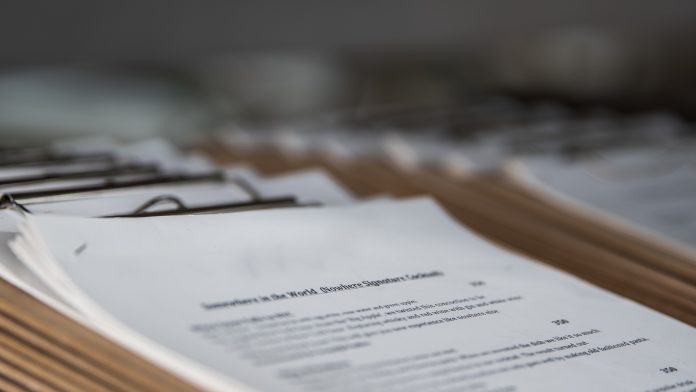The implementation date of CSRD is quickly approaching, but how can firms approach the double materiality assessment processes? Position Green recently hosted a webinar to help firms prepare.
The webinar, ‘ESRS challenges – How to approach Double Materiality Assessment’, was joined by Position Green director Ted Paulus and Position Green manager Tony Christensen. During the hour-long discussion, the experts offered their insights based on hands-on experience working with companies that have completed an ESRS double materiality assessment.
As companies look to begin working with the CSRD and ESRS, it can be tough to find where to start. Position Green believes the double materiality assessment, which includes both impact materiality and financial materiality, is the foundation and the starting point for reporting and will guide reports going forward.
The webinar offers an explanation of how ESRS defines double materiality assessments, why it is important to get started, the best approach, stakeholders’ roles in the assessment, the difference between impact materiality and financial materiality, an overview of the process and how to align double materiality assessment with other existing processes in the company.
To begin the discussion, Christensen offered a quick recap of CSRD and ESRS. For those unaware, CSRD (the corporate sustainability reporting directive) is a new EU legislation that expands on the existing legal framework of the non-financial reporting directive (NFRD). Its goal is to build a set of common reporting rules that provide transparency around a company’s impact on society and the environment.
The regulation applies to over 50,000 companies that are either located in Europe or have material operations in the region. To be compliant, firms will need to adapt their reporting processes and ensure all reported information is audited and tagged for machine readability.
ESRS (the European Sustainability Reporting Standards) is a set of reporting standards that will be applied to all companies that are subject to the CSRD regulation. It has 82 disclosure requirements. As part of ESRS, double materiality assessments are used to assess which topic areas a company must disclose on.
There is a staggered implementation timeline for CSRD, starting with legacy NFRD businesses in 2024. These firms will be publishing their reports in 2025 for the fiscal year 2024. Following this, the rollout will cover large firms in 2025, listed SMEs in 2026 and large non-EU firms in 2028.
To get a deeper understanding of the regulation and how firms can handle double materiality assessments, watch the full webinar here.
Position Green offers purpose-built and data-driven software that supports sustainability reporting through accuracy, traceability and compliance. It boasts three core products, sustainability reporting, supplier assessment and investment monitoring.
The company’s platform onboarding director Petter Olson recently commented on the trends from this year’s European sustainability reporting season. The sustainability reporting field is changing rapidly, and the rising interest in sustainable finance and new investor demands are transforming how sustainability data is treated. Read the full article here.
Keep up with all the latest RegTech news here.
Copyright © 2023 RegTech Analyst
Copyright © 2018 RegTech Analyst






